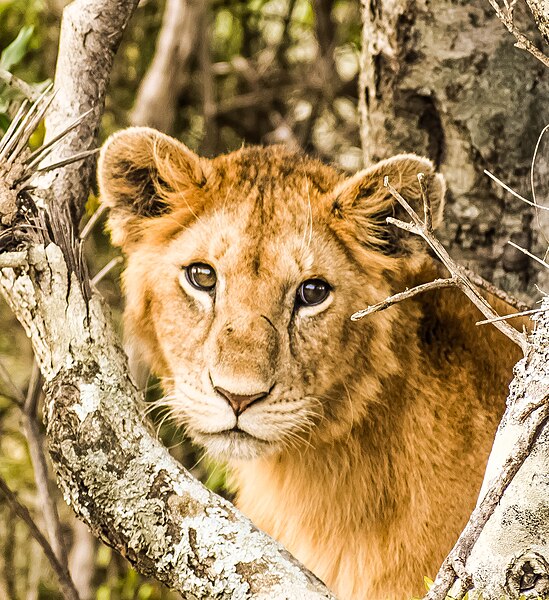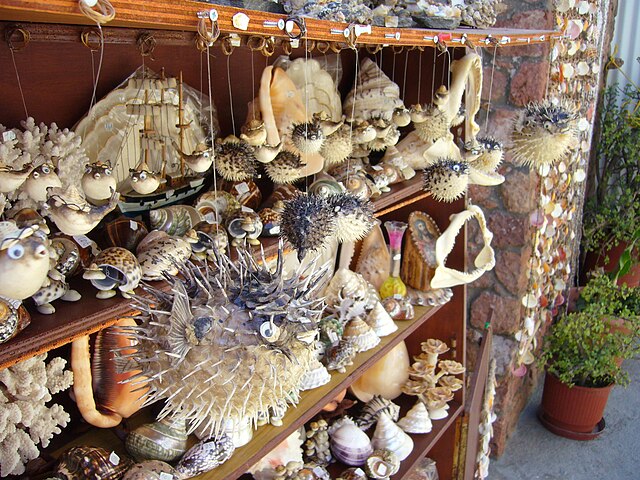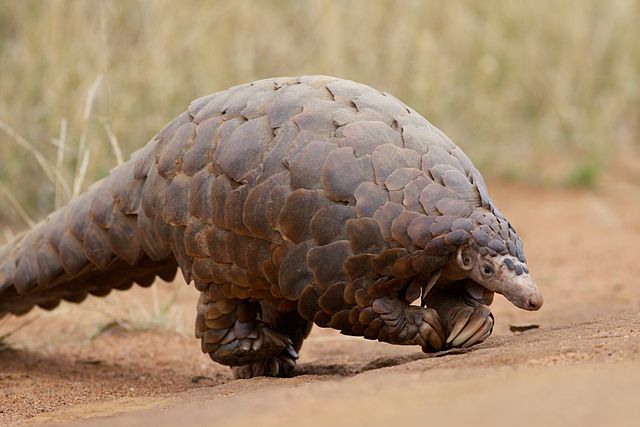Hunting is the human practice of seeking, pursuing, capturing, or killing wildlife or feral animals. The most common reasons for humans to hunt are to exploit the animal's body for meat and useful animal products, for recreation/taxidermy, although it may also be done for non-exploitative reasons such as removing predators dangerous to humans or domestic animals, to eliminate pests and nuisance animals that damage crops/livestock/poultry or spread diseases, for trade/tourism, or for ecological conservation against overpopulation and invasive species.
Bowhunter with a compound bow using a call
Hunter carrying a reindeer in Greenland
Saharan rock art with prehistoric archers
Inuit hunting walrus, 1999
Wildlife refers to undomesticated animal species, but has come to include all organisms that grow or live wild in an area without being introduced by humans. Wildlife was also synonymous to game: those birds and mammals that were hunted for sport. Wildlife can be found in all ecosystems. Deserts, plains, grasslands, woodlands, forests, and other areas including the most developed urban areas, all have distinct forms of wildlife. While the term in popular culture usually refers to animals that are untouched by human factors, most scientists agree that much wildlife is affected by human activities. Some wildlife threaten human safety, health, property and quality of life. However, many wild animals, even the dangerous ones, have value to human beings. This value might be economic, educational, or emotional in nature.
A lion (Panthera leo). Lions are an example of Charismatic megafauna, a group of wildlife species that are especially popular in human culture.
Assorted seashells, coral, shark jaws and dried blowfish on sale in Greece
Framed butterflies, moths, beetles, bats, Emperor scorpions and tarantula spiders on sale in Rhodes, Greece
A ground pangolin








